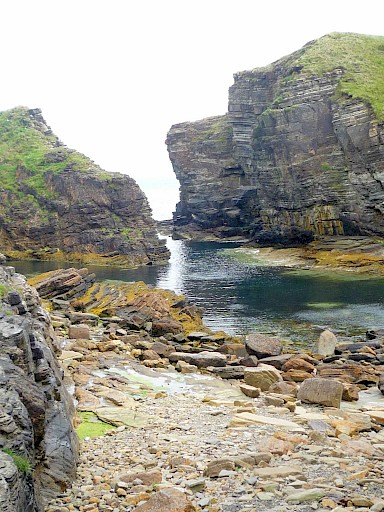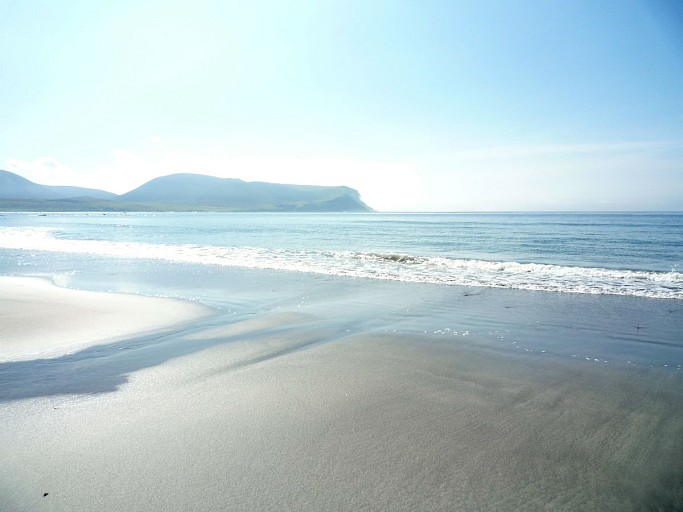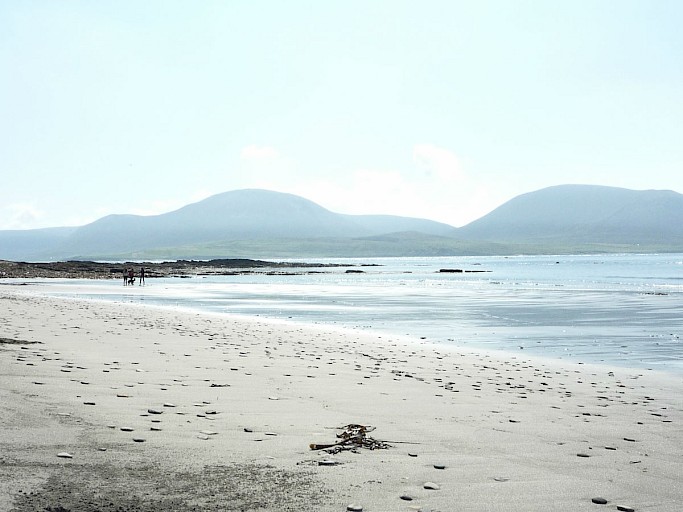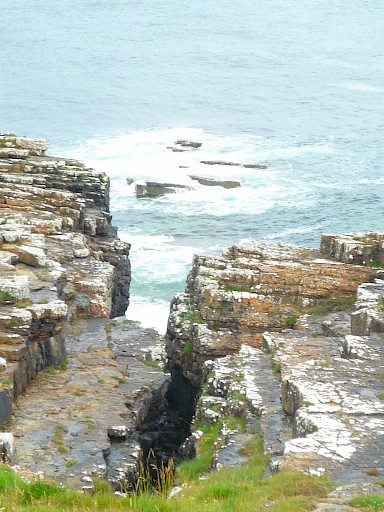Orkney is renowned for festivals throughout the year, so whether you want a weekend break or a longer stay we can ensure you have everything you need at the Albert Hotel. Start the day off with our local farmhouse breakfast and a selection of homemade jams before heading out for the day with a packed lunch. All dietary requirements can be catered for.
Our restaurant offers a variety of options, using local produce where possible, ranging from light bites to a three course meal. The Neuk Restaurant is family friendly with children's menus available.
About Us & Orkney
The Albert Hotel has something for everyone, whether you want to stay with us for a night or visit The Bothy Bar for a Local Ale, we can accommodate you with the best Orcadian Hospitality.
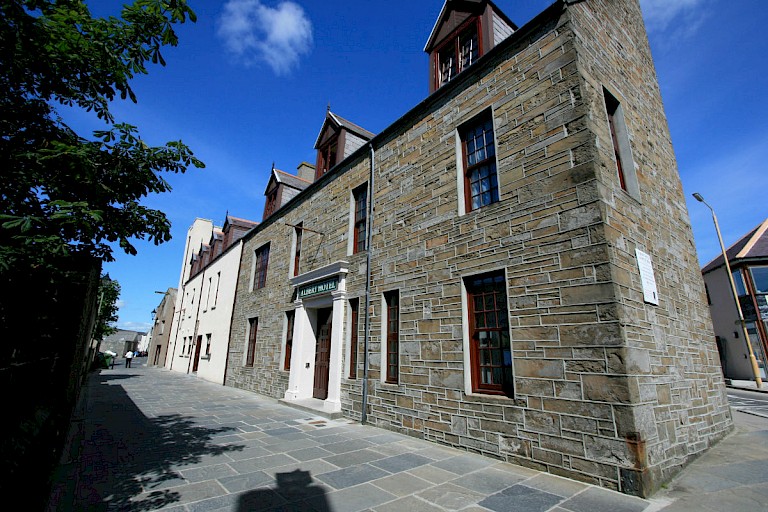
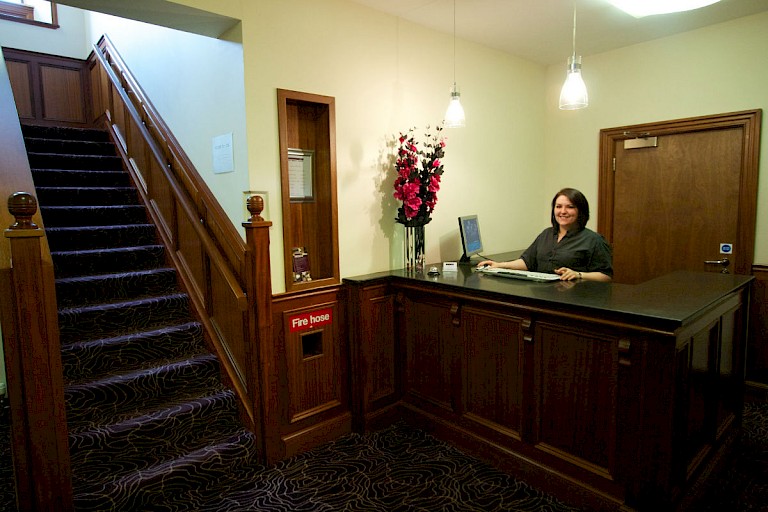
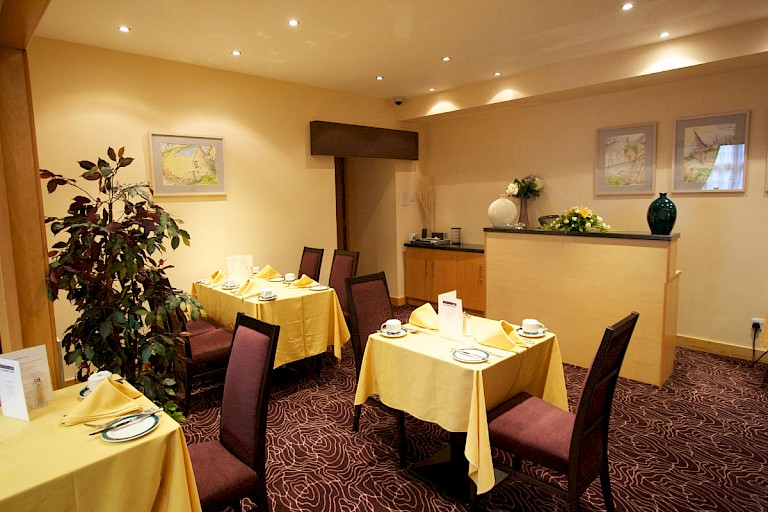
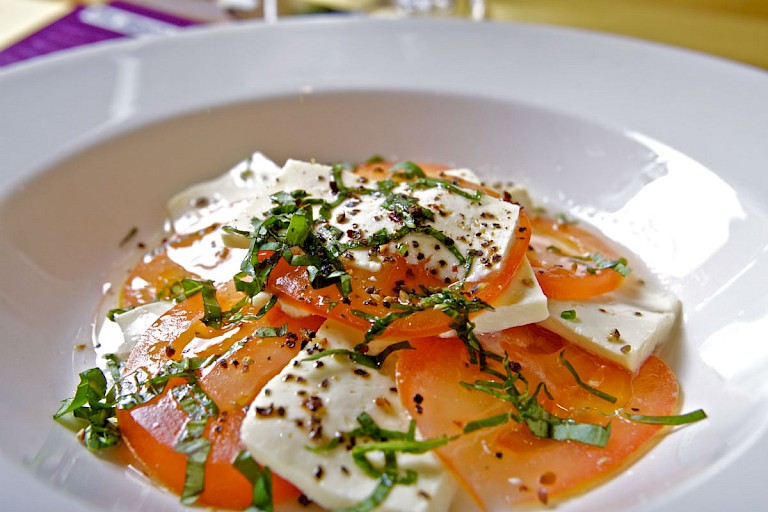
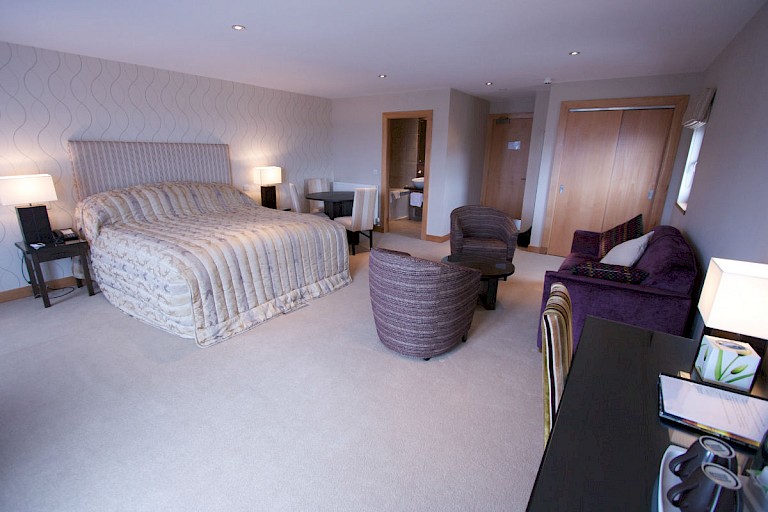
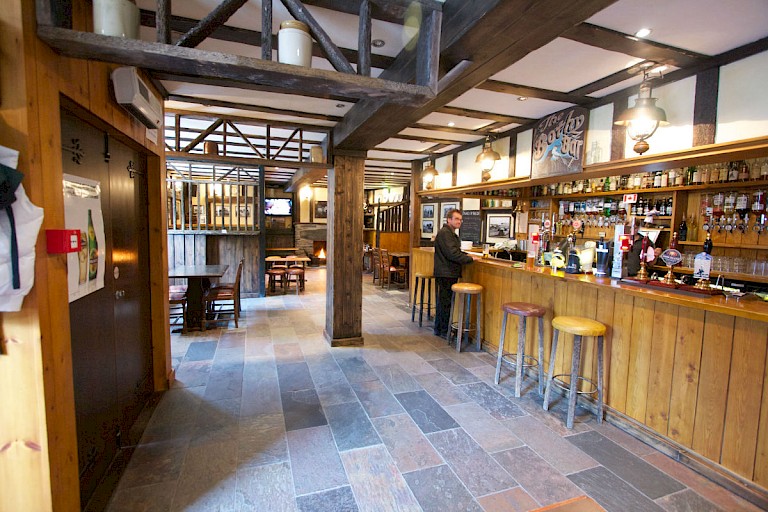
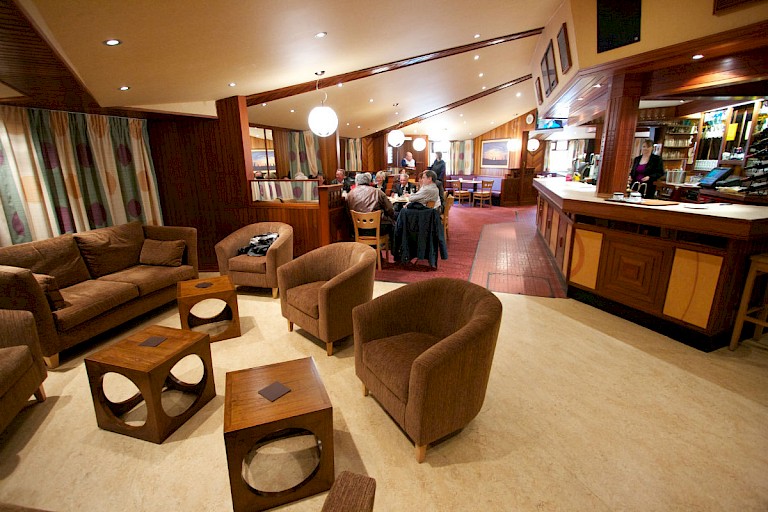
The Islands of Orkney are a group of about 70 islands and skerries situated 10km (6.2 miles) from the north-east tip of the Scottish Mainland. The largest island, known as 'the mainland’, is home to most of the total 20,000 population but the main north islands of Shapinsay, Gairsay, Stronsay, Wyre, Rousay, Egilsay, Eday, Sanday, Westray, Papa Westray and North Ronaldsay and the south islands of Graemsay, Hoy, South Walls, Burray, Flotta and South Ronaldsay are also populated. A few other small islands also have permanent or seasonal residents.
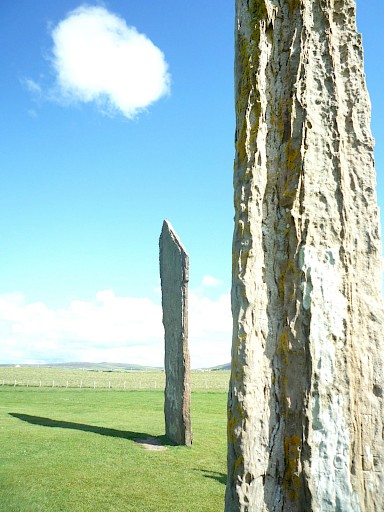
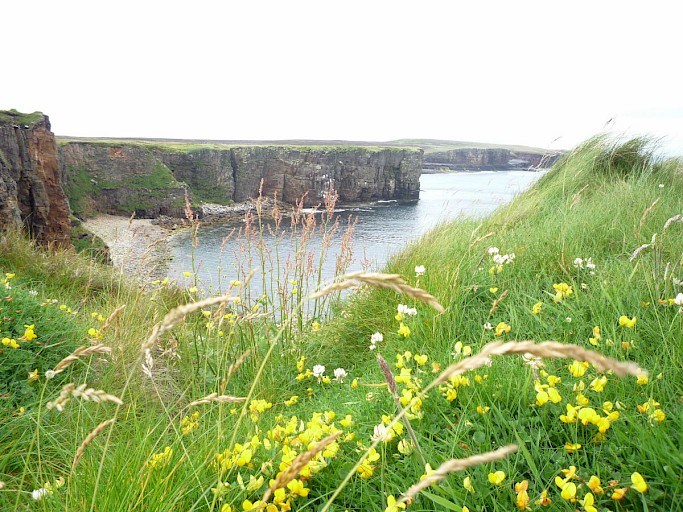
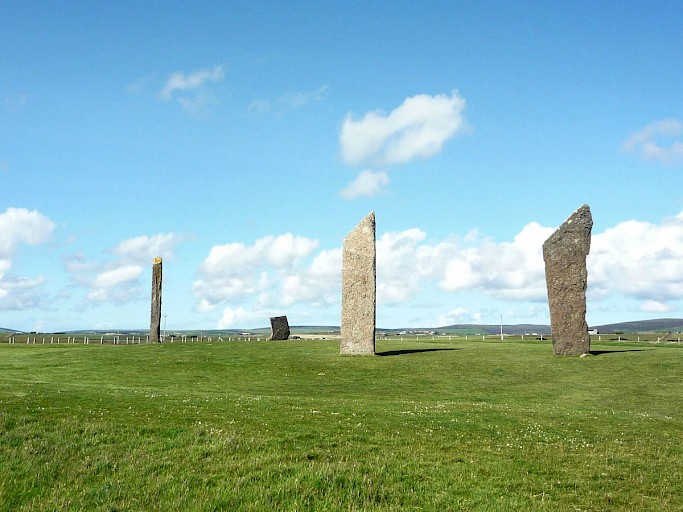
Although Burray and South Ronaldsay are ‘islands’ they are connected to the Orkney mainland by causeways called the Churchill barriers, which were built in the 1940s. Likewise, South Walls is connected to Hoy via a causeway called The Ayre. The islands of Orkney are mainly low lying—a gently rolling landscape of green fields, heather moorland heath and lochs (lakes). The underlying sandstone rock breaks-down easily to form good fertile soils and much of the landscape is farmed, growing mainly grass for animal feed. Most of the farmland is devoted to the production of beef cattle and Orkney beef is prized for its high quality. Sheep are also present in high numbers and the production of barley, potatoes (tatties) and turnips (neeps) is also common. The island of Hoy (meaning ‘high’ in Old Norse) is the exception with dramatic hills and valleys and spectacular cliffs.
